During the Gallo-Roman era, circa 1000 AD, the setttlement became known as “Vitre” - the name deriving from the Gallo-Roman “Victor” or “Victrix” reportedly after a farmer from the region. This occurred when Geoffrey I, the Duke of Brittany bestowed feudal powers upon Riwallon Le Victaire in order to make this strategic region a buffer zone (known as the “Marches of Brittany”) against Norman invasions.
In the late 13th century, Vitre took on its current form as a traditional medieval walled city, when it was encircled by fortified ramparts.. Two hundred years later, the city’s castle was decommissioned as a military post and converted into a “comfortable” residence for one Jeanne of Leval-Chatillon. At the same time, many mansions and half-timbered residences were being constructed within the city.
Since 1472, Vitre’s Market Square became a center for the international trade of textiles. During the French Invasion of Brittany (1488) , the city was seized by Charles VIII’s troops, officially annexing it as part of France. In the 18th century, the city had lost much of its economic vitality and became a town of “...secondary importance.” By the time of the French Revolution (1789), the city had begun to regain some of its economic importance, especially with the arrival of the railroads (which transformed it into a transportation hub).
World War II, had little negative impact on the city. The ensuing economic boom saw the city grow from a post-war 8000 population to over 19,000 by 2018. Today, Vitre has been designated as a town of “artistic and historic significance.”
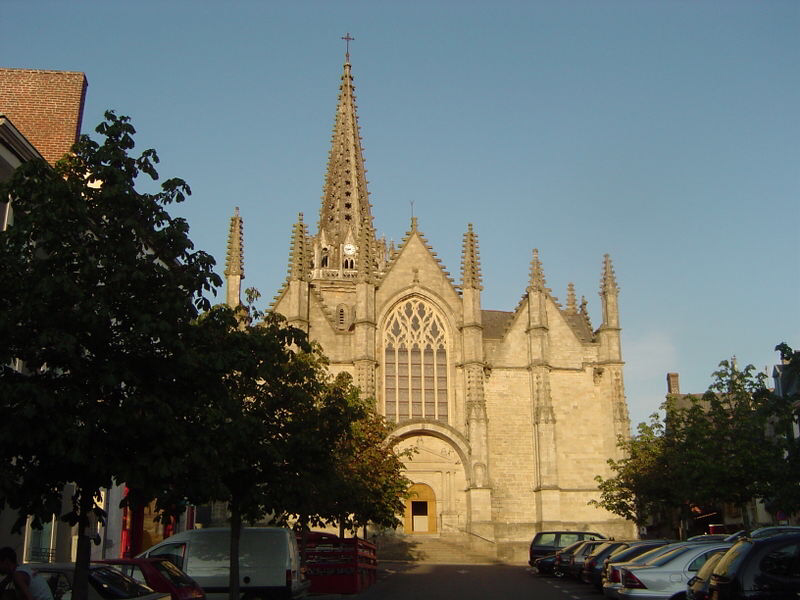
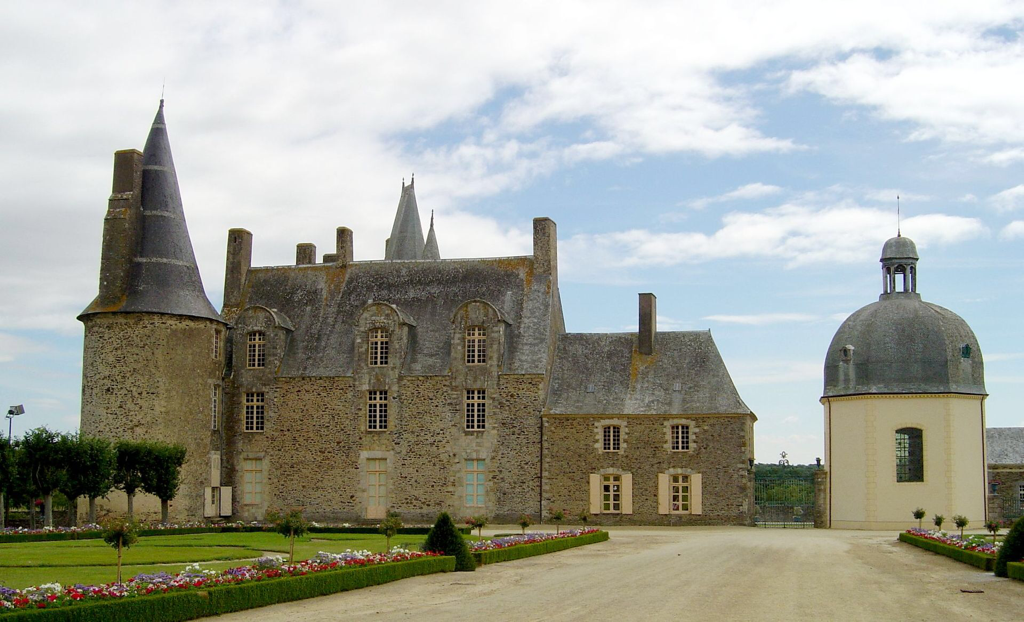
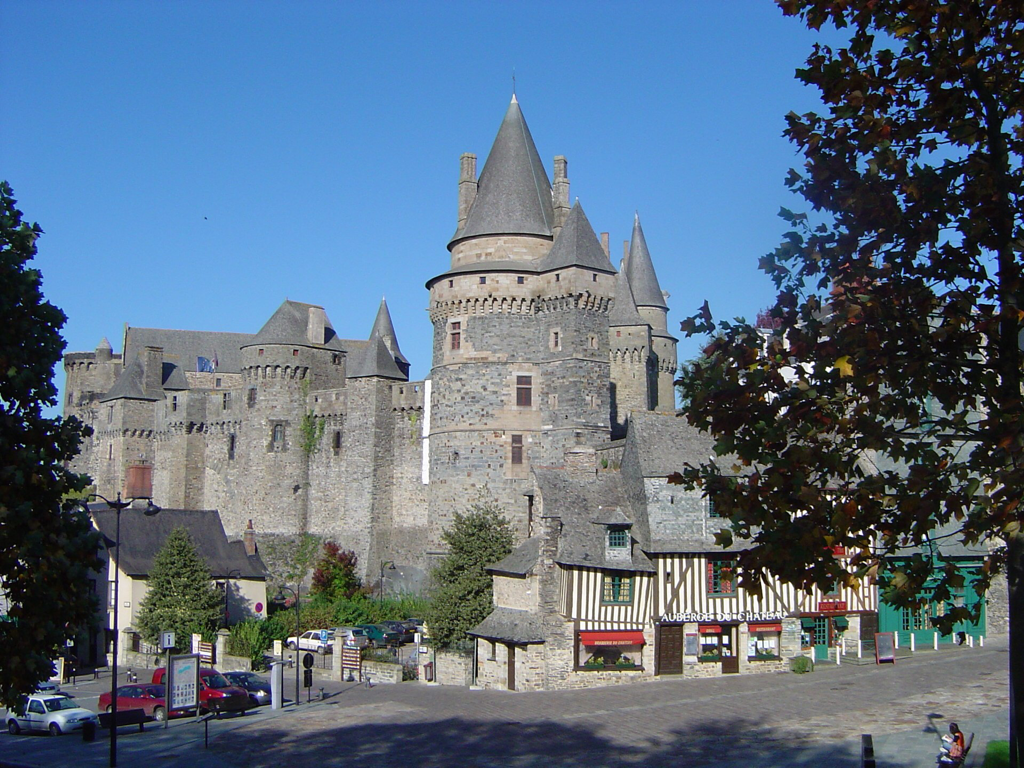
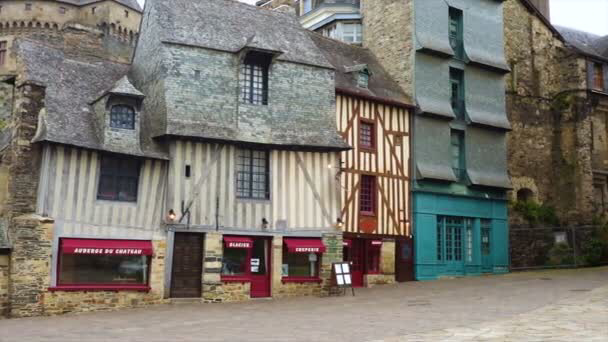
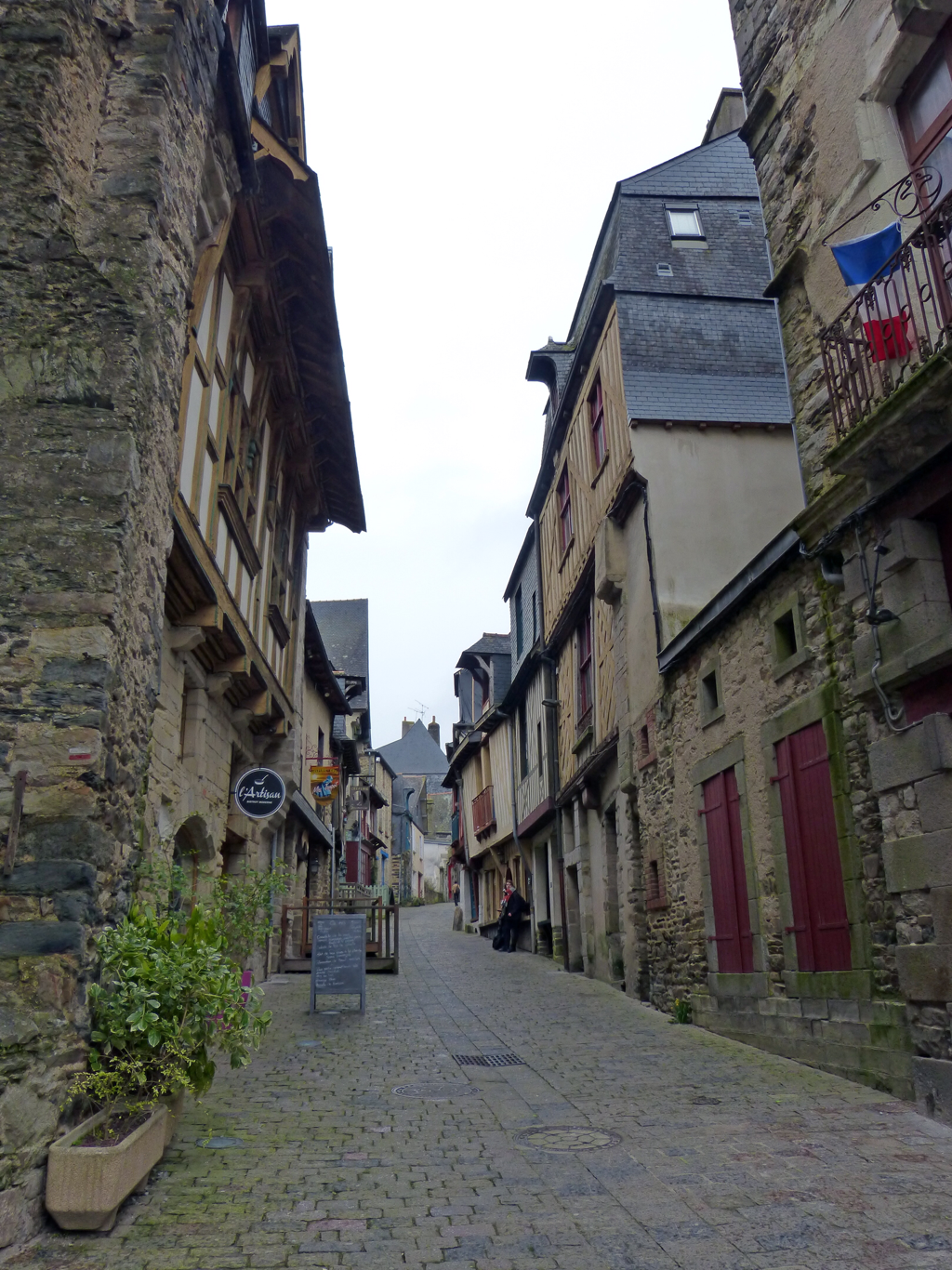
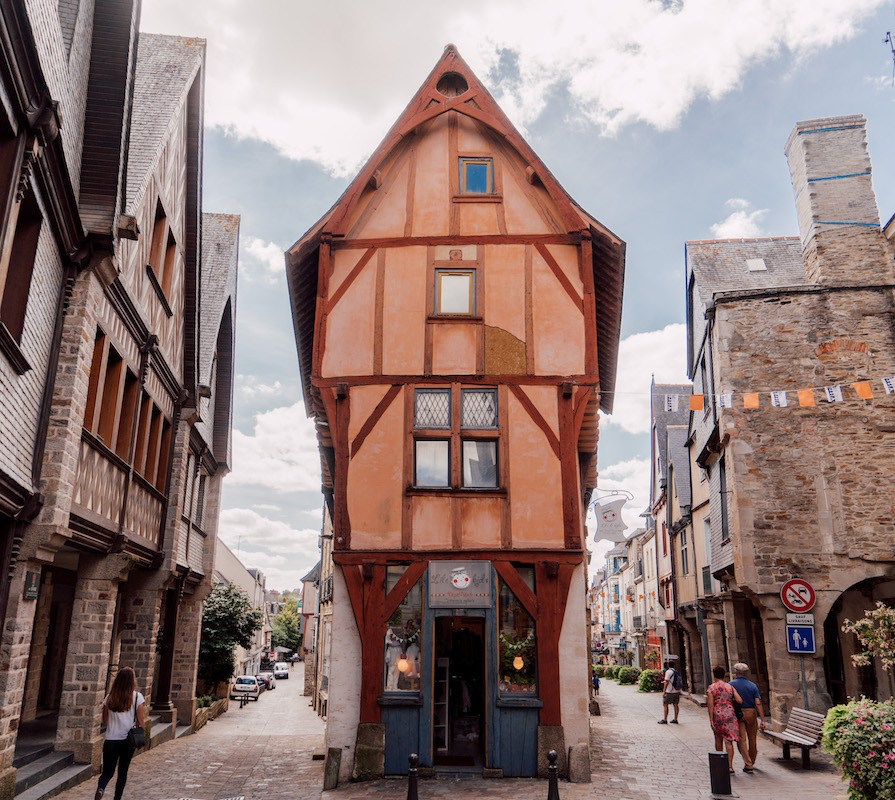
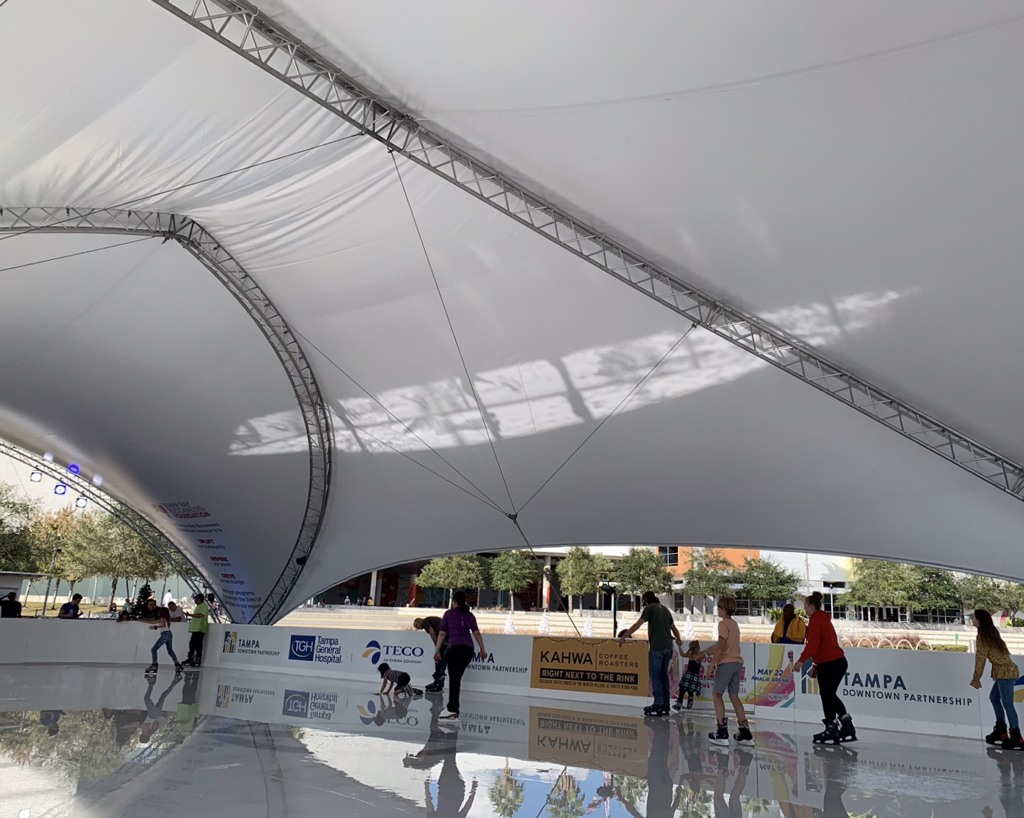
 RSS Feed
RSS Feed
